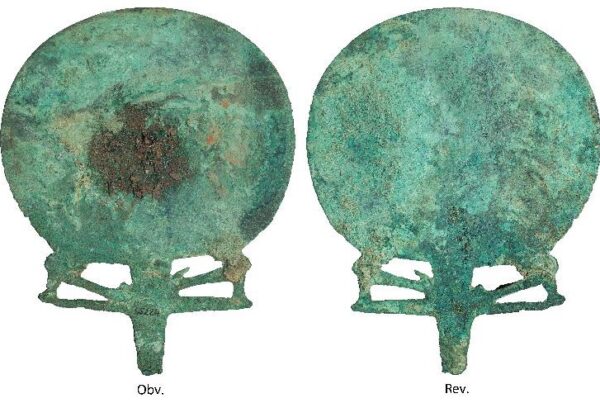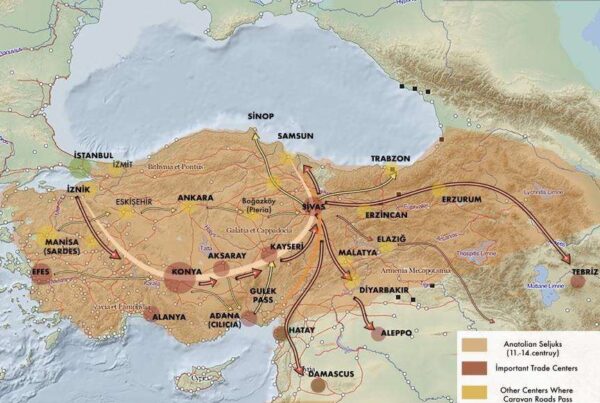by Asinmaz, A. and Ozcan, E.
ABSTRACT
Although famed for its well-known ancient cities, Pamphylia, located in southern Asia Minor and roughly corresponds to the present-day Antalya plain, also harbours numerous minor sites that can be defined as rural settlements. Despite some of the rural settlements in the region have been researched mainly through surface surveys, the majority of rural sites and the rural settlement patterns in the region have not been investigated or discussed at a regional scale so far. Therefore, this study aims to summarise and evaluate the current state of archaeological evidence in Pamphylian countryside and investigate the regional rural settlement patterns in Pamphylian cultural sphere and agricultural aspects of these patterns, using geographic information systems (GIS) based spatial analysis techniques and statistical analyses. The GIS-based applications used in this study include raster terrain analysis, nearest neighbour analysis, and cost surface analysis. These applications are used to process and analyse the spatial relationship between the rural sites and the following datasets: elevation, slope percentage, proximity to hydrologic units, ancient road network and major towns in the study area. Following the processing of the datasets in GIS, these datasets are examined through descriptive statistics and tested with the Kolmogorov Smirnov Goodness-of-fit test (KS-test). As a result of conventional investigations, spatial and statistical analyses of the datasets, this study has enabled us to determine that the rural site distribution in Pamphylia reflects certain locational patterns at a regional scale, the region mainly consists of agriculturally oriented settlements, and the rural site distribution in the region seems to have been shaped in harmony with various environmental and anthropogenic factors in order to obtain maximum benefit from arable land.
![]()



